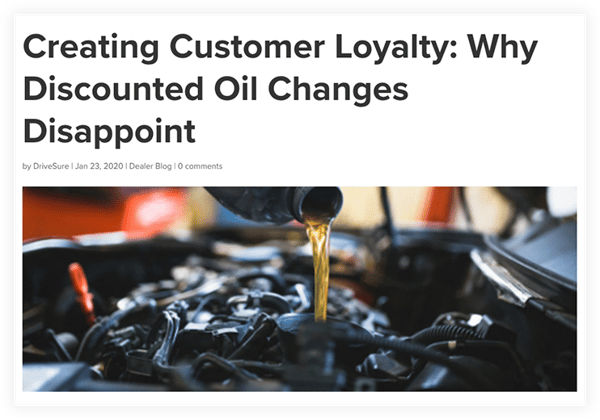Profit or Cash Flow 2

A previous article, showed the differences between profit and cash flow. Many business people understand the difference, but my previous article highlighted the importance of CASH MANAGEMENT! I will attempt to provide more detail, with regard to cash management, in this latest offering.
The thrust of my articles, attempt to explain the difference between profit and cash. The cash building strategy outlined below, will reflect differently in the books of account of a business. In fact, these reserves will nor reflect on the Profit and Loss/ Income Statement accounts, and yet, it is the most crucial aspect of the finances!
People are tempted to always spend more money than they make. We see the constant pursuit of higher earnings from working and business people alike. But after earning that increase in income, people remain deeper in debt than before. Expenses chase income, and wins the race most of the time. We remain trapped in the illusion, that more money, is the only way out of the mess.
Look at families taking extra jobs, employees who receive the promotions with the salary increases, businesses who secure additional contract, but they remain short of cash, or more in debt. When people earn more, they spend more. Simple as that. The strategy is to save cash before it is spent. The excuse that there is not money to save, is not valid. The sooner its implemented, the better.Discipline and dedication is required. It can work.
Bank Savings Accounts:
Open three different accounts, at three different banks, in three different areas. Reason? it limits the temptation to withdraw cash from these accounts. The account type does not matter(preferably interest bearing), but designate as described in previous article.
1. A building/ expansion fund
2.Tax fund
3.Emergency Fund
Commit to savings by signing a monthly transfer of say;
1.Building fund@ 2% of Average Monthly cash deposits
2.Tax fund@1% of Average Monthly deposits
3. Emergency fund@ 1% of Average Monthly deposits
Let it run, for three months, and gradually start to up the percentage by 0,5% a month.
See savings as an additional expense, and factor the savings into your monthly budget.
Credit Card/s:
Credit cards are controversial and problematic, but you can make this device work, for YOU and YOUR business, instead of the other way around.
Don’t destroy your card, but put it out of reach. If repayments on a card is say $500.00, commit yourself to pay an additional $250.00, on the card.Dont make any arrangements with the bank, just pay the card direct.No bank fees on cash deposits made in a credit card.
What happens, is that the bank draws their arranged amount, and it is augmented by an additional payment, resulting a a rapid reduction of debt on the card over a six month period.
After twelve months, the credit card could swing into a positive balance.The interest on cards with a positive balance vary, but is higher than some savings accounts.
If you committed to the savings program outlined above, the percentages and transfer arrangements for your savings accounts and credit card, you will detect a notable increase in cash, and reduction of expenses. You not compelled to save more, and can spend available cash as you please, if all your bills are paid.
If the cash in reserves grow, you can utilise it as follows,( preferably after twelves months)
1. Tax Fund, to pay any unexpected taxes
2. Emergency Fund, any expenses not covered by normal insurance, staff incentives. Vacation.
3. Building fund, should be accessed after two years, but can be used to purchase capital equipment.
Use the credit card for purchasing additional equipment, when the need is there.And start replenishing the card balance at your soonest.Be careful, don’t go on a spending spree. Put the card away, as soon as it is utilised for emergency funding, don’t leave it in your wallet.
Create a separate spreadsheet, for your accounting for Cash In, Reserves, Cash out. Don’t use conventional accounting software(will just confuse the process). Maintain stats on a monthly basis, and start forecasting your cash flow.
Don’t wait until sales improve, start saving now, even if it is just 1% of cash. Look at savings after a year. Maybe you can indeed go on that dream vacation after three years!







